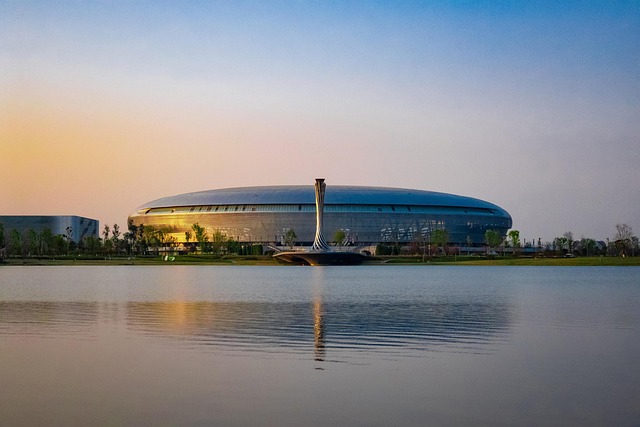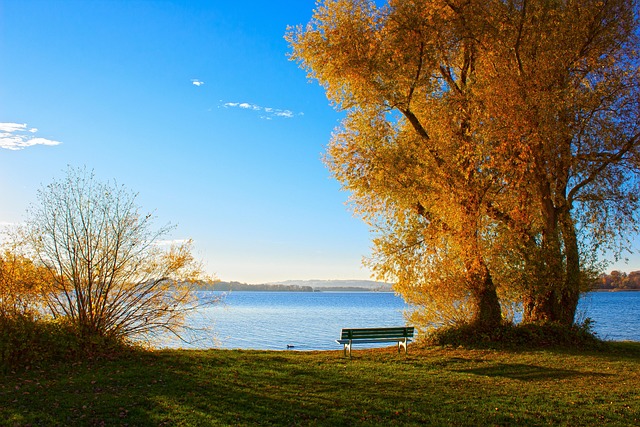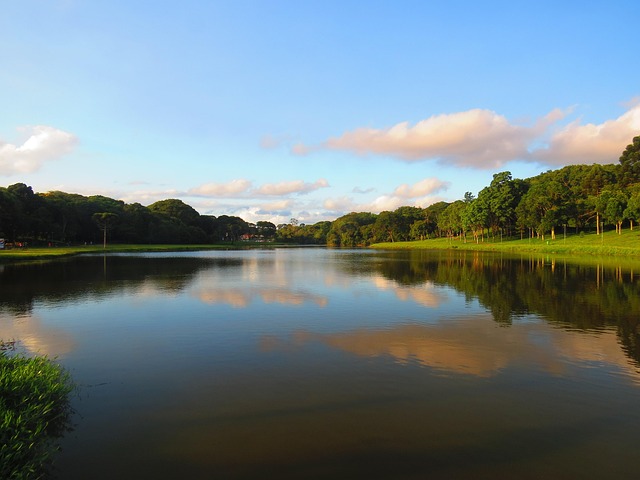Golf courses have evolved from recreational pastimes to key drivers in real estate strategies, attracting buyers seeking tranquil, scenic living environments that enhance property values. These green spaces not only serve as community hubs but also contribute to area livability and long-term market appeal. Real estate developers increasingly incorporate golf facilities into their projects, recognizing the amenity's ability to set properties apart. Well-maintained courses boost property values, foster community bonds, and cater to outdoor leisure demands, particularly among younger generations. Meticulous planning, continuous maintenance, and strategic design ensure peak course performance, increasing nearby real estate marketability and values.
Golf courses aren’t just spaces for sport; they are integral components of real estate developments, enhancing property values and attracting buyers. This article explores the multifaceted role of golf courses in the real estate landscape. We delve into how these green spaces contribute to community appeal, health and wellness, and economic growth. Additionally, we’ll discuss designing and maintaining golf courses for optimal enjoyment and aesthetic appeal, providing insights for both developers and enthusiasts alike.
The Role of Golf Courses in Real Estate Developments

Golf courses have become integral components of real estate developments, offering a unique blend of recreational and investment opportunities. The inclusion of a golf course enhances the desirability and value of residential properties in surrounding areas. Prospective buyers are often drawn to these locations for their peaceful ambiance, scenic beauty, and access to outdoor leisure activities. In many cases, golf courses serve as the central focal point, attracting residents and visitors alike, and fostering a strong sense of community.
Real estate developers recognize the potential of integrating golf facilities into their projects. These courses not only provide an amenity that sets properties apart but also create a sustainable and vibrant landscape. They contribute to the overall livability of the area, encouraging outdoor lifestyles and social interactions. Moreover, well-designed golf courses can become iconic features, boosting the reputation and market appeal of real estate developments over time.
Outdoor Leisure Activities Enhancing Property Values

Outdoor leisure activities, such as golf, can significantly enhance property values in surrounding areas. The presence of a well-maintained golf course or country club often attracts buyers seeking a luxurious lifestyle and a connection to nature. Real estate experts attribute this trend to the growing desire for outdoor living and recreational spaces, especially among younger generations. With more people prioritizing wellness and environmental awareness, properties offering ample green spaces and recreational facilities become increasingly desirable.
These leisure activities not only add aesthetic appeal but also create a sense of community and social interaction. Golf courses, in particular, foster a unique bond between neighbors, encouraging outdoor gatherings and social events. This fosters a vibrant atmosphere that translates into higher property values and increased marketability for nearby real estate.
Designing and Maintaining Golf Courses for Optimal Enjoyment and Property Appeal

Golf courses, as a key component of outdoor leisure activities and real estate investments, require meticulous designing and ongoing maintenance for optimal enjoyment and property appeal. The course layout should balance challenge with playability, incorporating strategic hazards and varied terrain to engage golfers of all skill levels. This not only enhances the golfing experience but also adds visual interest, making the property more attractive to potential buyers or tenants.
Regular upkeep is crucial to preserve the course’s integrity and aesthetics. This includes meticulous grooming of greens and fairways, precise management of bunkers and water hazards, and regular fertilization and irrigation to maintain turf health. Well-maintained golf courses not only look inviting but also contribute to the long-term value of the property, making them a strategic asset in real estate markets that prioritize outdoor amenities and leisure experiences.






